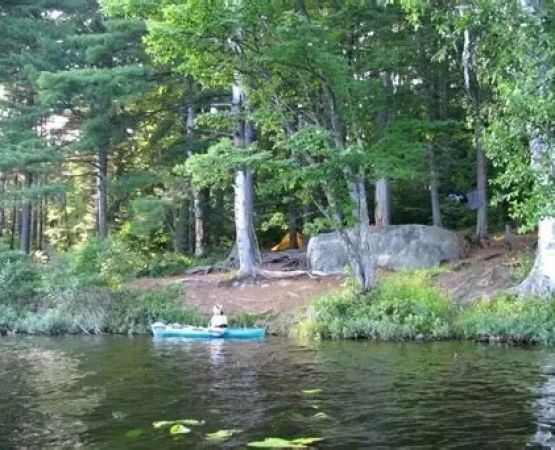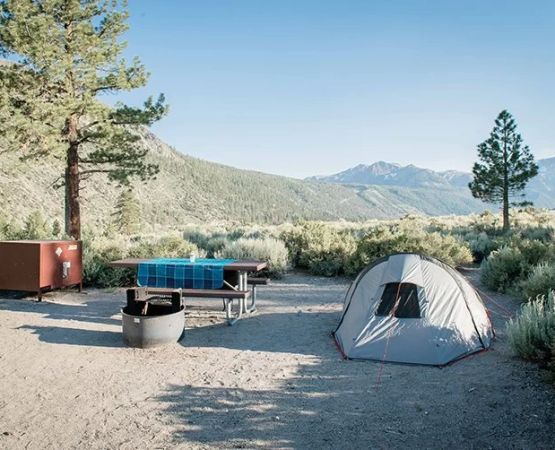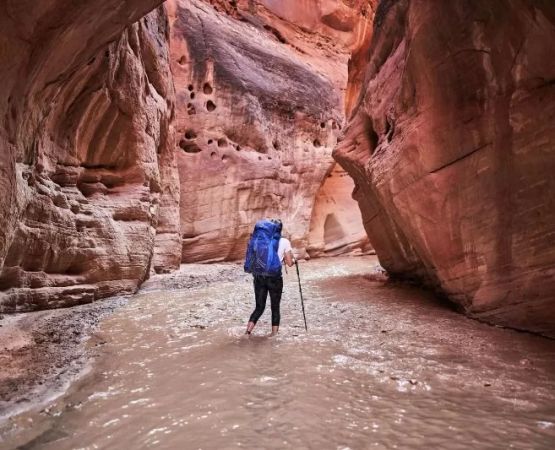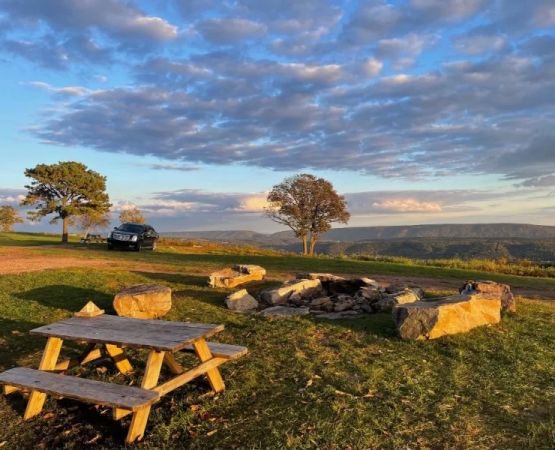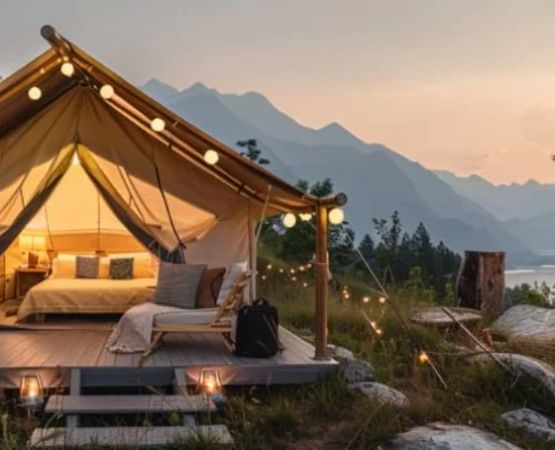- Understanding Popular National Parks and Their Campgrounds
- Why You Should Book Your Campsite in Advance
- Steps to Book a Campsite in a Popular National Park
- Best Times to Book a Campsite in National Parks
- Tips for a Smooth Campsite Booking Process
- Explore Pine Cliff Resort for a Perfect Family Camping Experience
Understanding Popular National Parks and Their Campgrounds
National parks are some of the most stunning and sought-after camping destinations, offering a perfect escape into nature. Popular national parks like Yellowstone, Yosemite, and the Grand Canyon attract thousands of visitors each year, making their campgrounds highly competitive. Understanding the demand for these parks and the types of campgrounds they offer is crucial before planning your trip. Many national parks provide a variety of camping options, from basic tent sites to more comfortable RV and cabin rentals. These parks offer diverse landscapes, ranging from vast forests to awe-inspiring cliffs and valleys, ensuring there is something for everyone.
Why You Should Book Your Campsite in Advance
Booking a campsite in advance is essential, especially when visiting popular national parks. Many of these campgrounds fill up quickly, particularly during peak season, which typically runs from late spring to early fall. Advanced bookings help secure your spot, ensuring you won’t miss out on the experience. Additionally, some national parks have limited campsites, making reservations even more important if you want to camp in prime locations near key attractions. By booking early, you also have the chance to choose your preferred site, whether it’s close to hiking trails, scenic viewpoints, or riverside areas.
Steps to Book a Campsite in a Popular National Park
Booking a campsite in a national park can be straightforward if you follow these simple steps:
- Check the Park's Official Website: Start by visiting the national park's official website. Most parks use centralized booking systems, such as Recreation.gov, for reservations.
- Know Your Dates: Have your travel dates ready before starting the booking process. Be mindful of the peak seasons and any potential park closures or events that may impact availability.
- Select Your Campsite: Choose the campground that suits your needs—whether it’s a tent site, an RV spot, or a cabin. Many parks offer interactive maps to help you find the perfect location.
- Make a Reservation: Once you’ve selected your dates and site, complete your reservation. Be ready with your payment information, as most national parks require payment in full at the time of booking.
- Receive Confirmation: After your booking, you’ll receive a confirmation email with all the details of your campsite. Keep this handy for check-in upon arrival.
Best Times to Book a Campsite in National Parks
Knowing when to book is just as important as where to book. To increase your chances of securing a spot, here are some tips for timing your reservation:
- Plan Ahead for Peak Season: National parks are busiest during the summer months (June through August). It's advisable to book at least 6 months in advance during this time to ensure availability.
- Consider Shoulder Seasons: Late spring and early fall offer milder weather and fewer crowds. Booking during these shoulder seasons can provide a more peaceful experience and better availability.
- Book as Soon as Reservations Open: Many parks allow bookings up to 12 months in advance. If you have a specific park or campsite in mind, be sure to book as soon as reservations open to secure the best sites.
Tips for a Smooth Campsite Booking Process
Booking a campsite at a popular national park can sometimes be a challenge, but with the right approach, the process can be simple and stress-free. Here are a few tips:
- Set a Reminder: Reservation systems can open early in the morning, and spots fill up quickly. Set a reminder for yourself to book as soon as the reservation window opens.
- Be Flexible with Dates: If your preferred campsite or dates are unavailable, consider adjusting your schedule by a few days to increase your chances of finding a spot.
- Have Backup Options: Sometimes, even with early reservations, your first choice might not be available. It’s a good idea to have a few backup campsites in mind that are still within the park or close by.
- Double-Check Rules and Regulations: Every national park has its own set of rules regarding campfires, food storage, and wildlife safety. Be sure to review the park’s guidelines before making a reservation to avoid surprises during your stay.
Explore Pine Cliff Resort for a Perfect Family Camping Experience
If you're looking for a more private and tranquil camping experience, consider exploring Pine Cliff Resort, a family-friendly destination located in the beautiful Pacific Northwest. With well-maintained campsites, fun outdoor activities, and educational programs for kids, it’s a great alternative for families seeking a camping experience that’s close to nature but also offers comfort and amenities.

